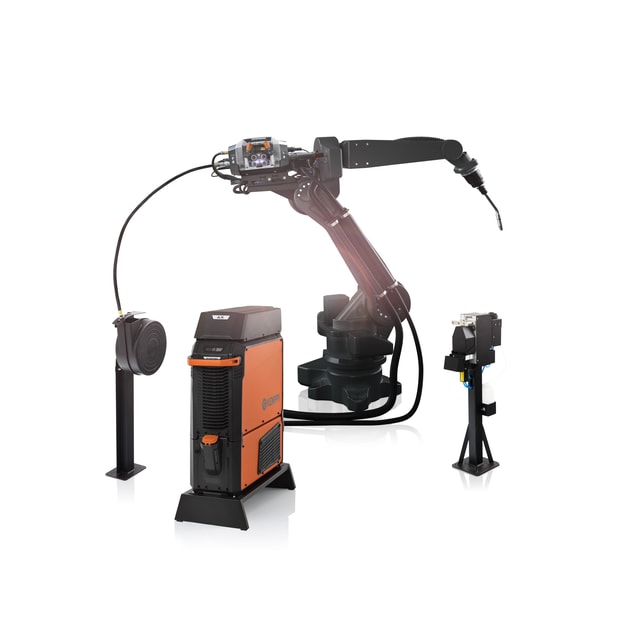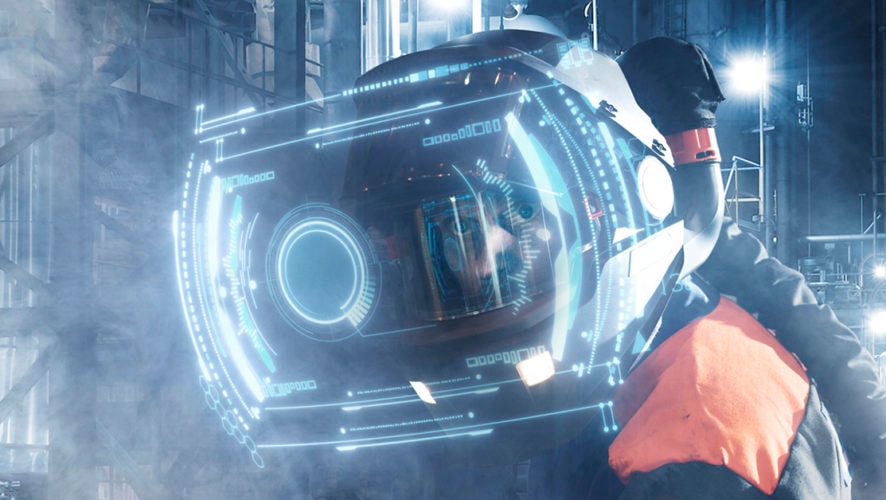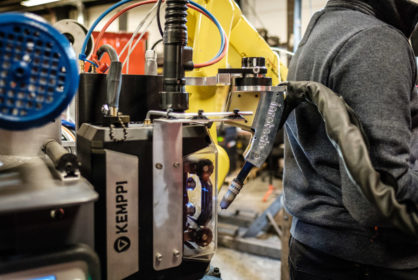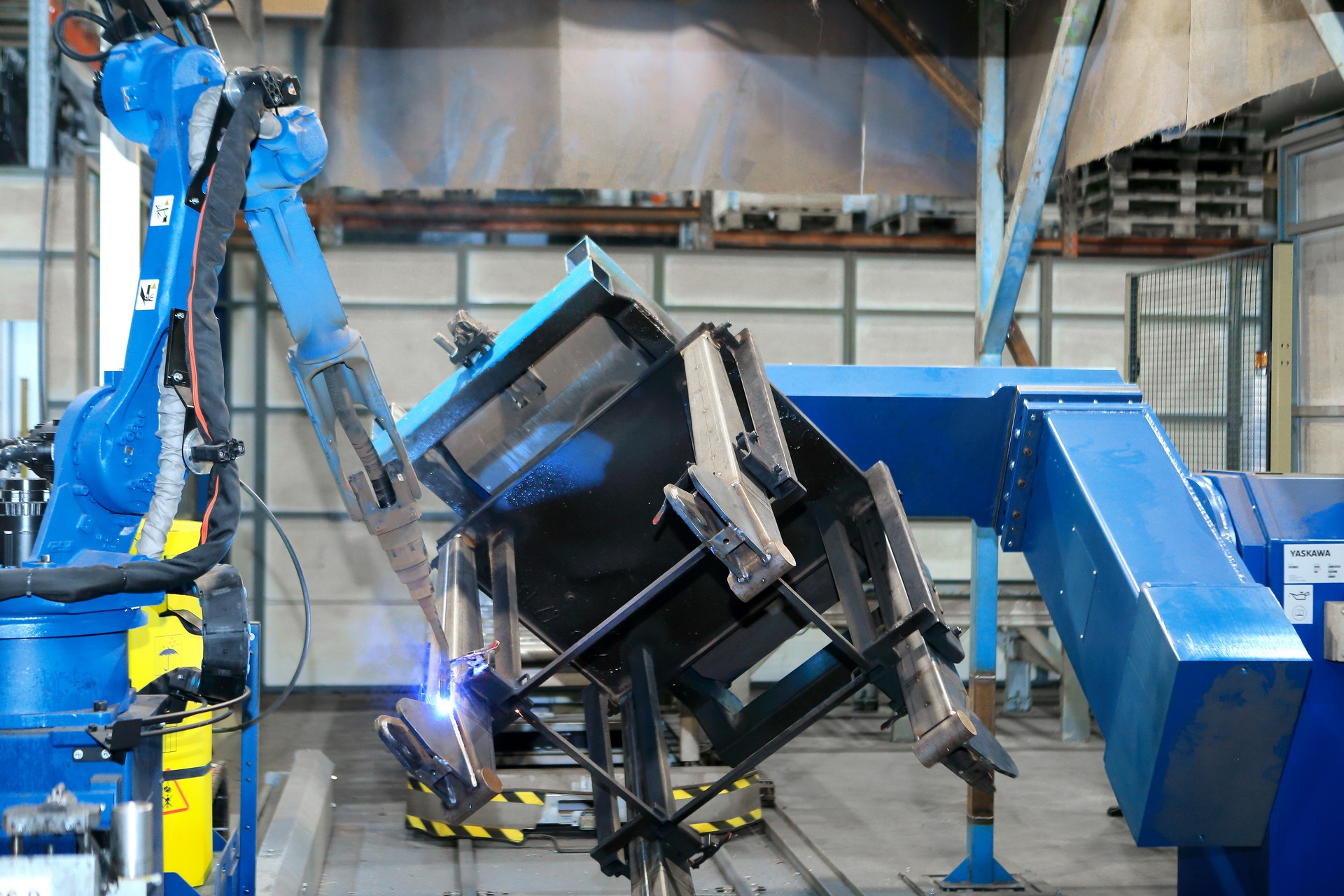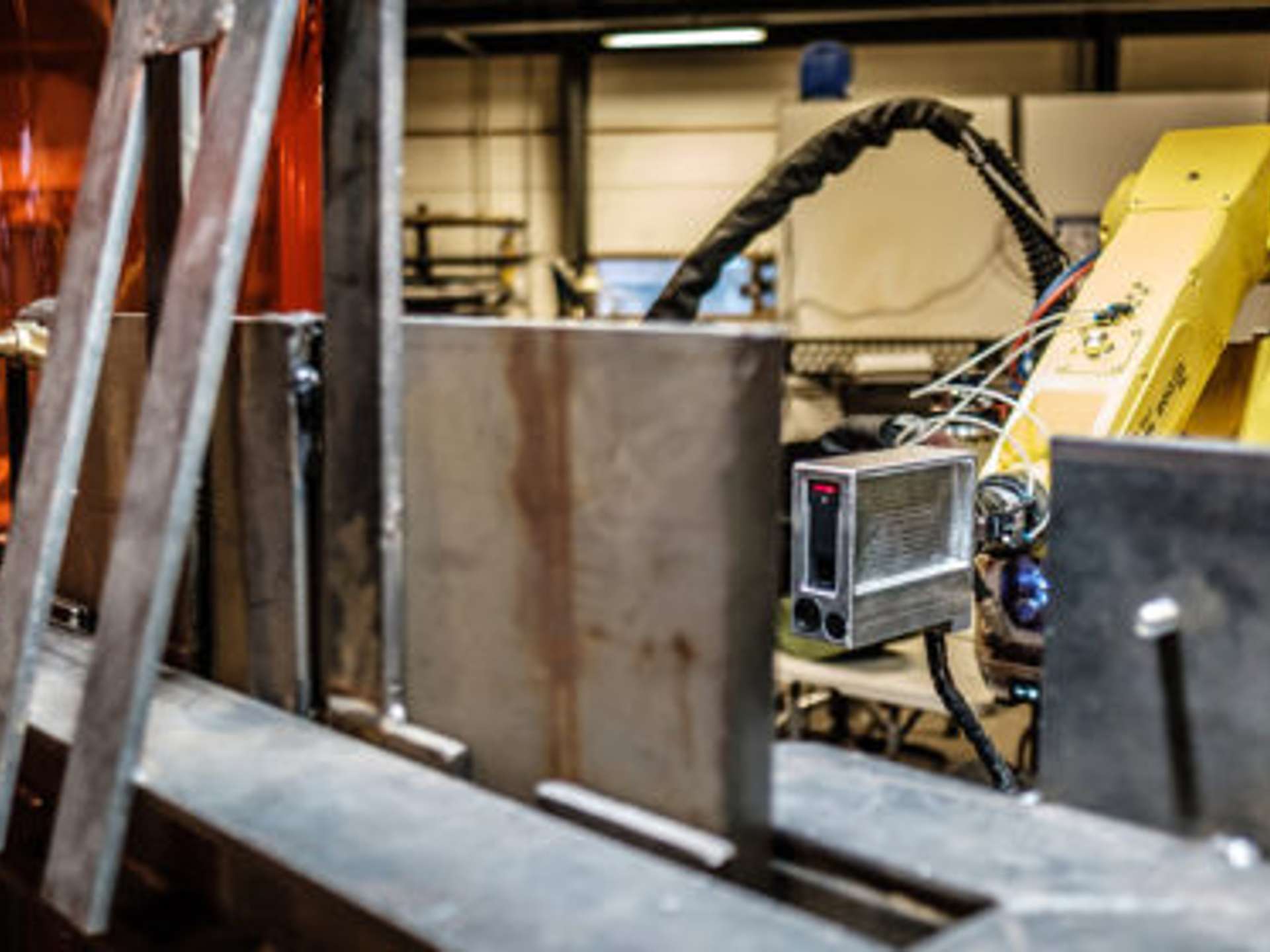
Automatización de la soldadura
What Will Be the Top Robotic Welding Trends to Emerge in 2022?
27 de diciembre de 2021
From collaborative robots to unmatched precision control to enabling industry 4.0 – we take you through the top trends that our experts foresee making a big splash on the robotic welding market in 2022.
Sini-Maria Melanen
The effects of the pandemic continue to rock the global economy, and the robotic welding sector has not been immune. But it holds steady, and in fact, is picking up pace. Torben Henriksen, Sales Manager at Kemppi Danmark A/S, joins us in analyzing some of the more interesting trends expected to arise in the robotic welding market in 2022.
The rise of cobots
For industries and businesses, one of the biggest lessons from the pandemic has been to automate and digitalize their operations. While demand for automated systems has been rising, there is a clear shortage of qualified operators to work these machines. This has, in turn, led to the rise of collaborative robots or ‘cobots’. Designed to work in close proximity to people, cobots are being increasingly adopted in industries across the world.
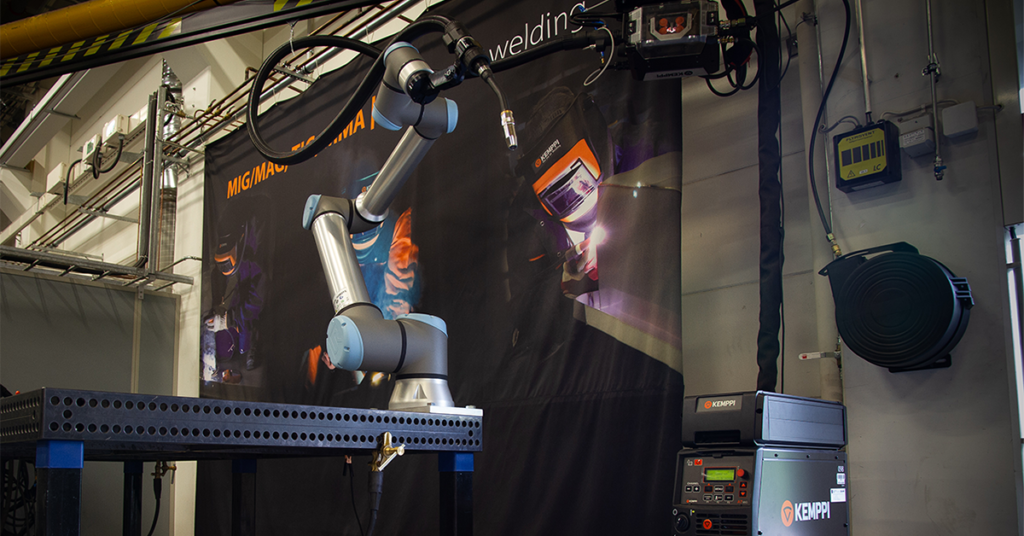
Easily programmable and quick to set up, cobots can be operated by operators after just a few online classes. The ability to modify them to handle different tasks also means that they can be reconfigured for different processes making flexible automation a reality. While the share of cobots vs. that of traditional robots is small, the total number of industrial robots in the industry has been rising steadily. Data from Statista show cobots making up 5% of overall robot sales in 2018. This is now forecast to reach 11% in 2021 and 13% in 2022.
Extraordinary welding precision with adaptive control
The use of robotic welding makes it possible for businesses to weld hundreds of parts every hour. While robotic precision already outpaces that of humans, what if we could increase this even further? Enter adaptive control. Using cutting-edge technology including machine learning, welding data from different robots are logged and analyzed to see how these processes can be improved.
“Factors such as the voltage of the machines, the resistance incurred during the welding process, and even temperature are monitored constantly,” explains Henriksen.
“The data is then studied with the help of machine learning and changes made to make every aspect of the process better. From speed to precision and stabilized processes – the robots are programmed to adapt their working to ensure that everything is working at an optimum pace.”
Such increments may seem to save robotic welding controls mere milliseconds, but they add up. And at a time when industries are looking at optimizing efficiency and reducing waste, such accuracy goes a long way. The use of adaptive control also comes at a time when innovative new materials are being considered to build next-generation solutions. These controls can give industries real-time information about the materials being worked upon and incorporate changes as needed.
Helping enable Industry 4.0
The pandemic has made it clear that digital technologies can play a crucial role in creating a more resilient value chain. The International Sheet Metal Review’s October 2021 issue states that “economies must embrace automation and build the skills required to profit”. In other words, they need to embrace the 4th industrial revolution that is already here.
The robotic welding market appears perfectly positioned to enable Industry 4.0. Solutions such as cobots and ‘plug and play’ automation systems are already being worked upon in the industry. They are allowing different businesses to leapfrog past complicated industrial R&D, avoid expensive investments and simply focus on improving efficiency and profitability.
“Automation is here to stay. It is just a question of how quickly companies can make the switch,” explains Henriksen. “Robotics can help make the process easier. Imagine the benefits for a business to simply be able to plug a robotic welder into the system, give it a few simple instructions and then watch it go. Downtime is kept to a minimum and results can be seen in real-time.”
Bridging the skills gap with technology
The ability to have robots that are both flexible and adaptable is critical, especially when you consider how the fact that one of the biggest challenges facing the welding industry is the shortage of qualified welding operators.
As more companies invest in welding robots, they are also encouraging more of their workforce to upskill themselves to be able to work on and alongside these robots.
“The technical schools have started to include welding robots in their teaching and companies are acquiring more and more industrial robots. I believe that the industry will become more attractive to the new workforce in the future and hiring of welding robot operators will become easier,” emphasizes Henriksen.
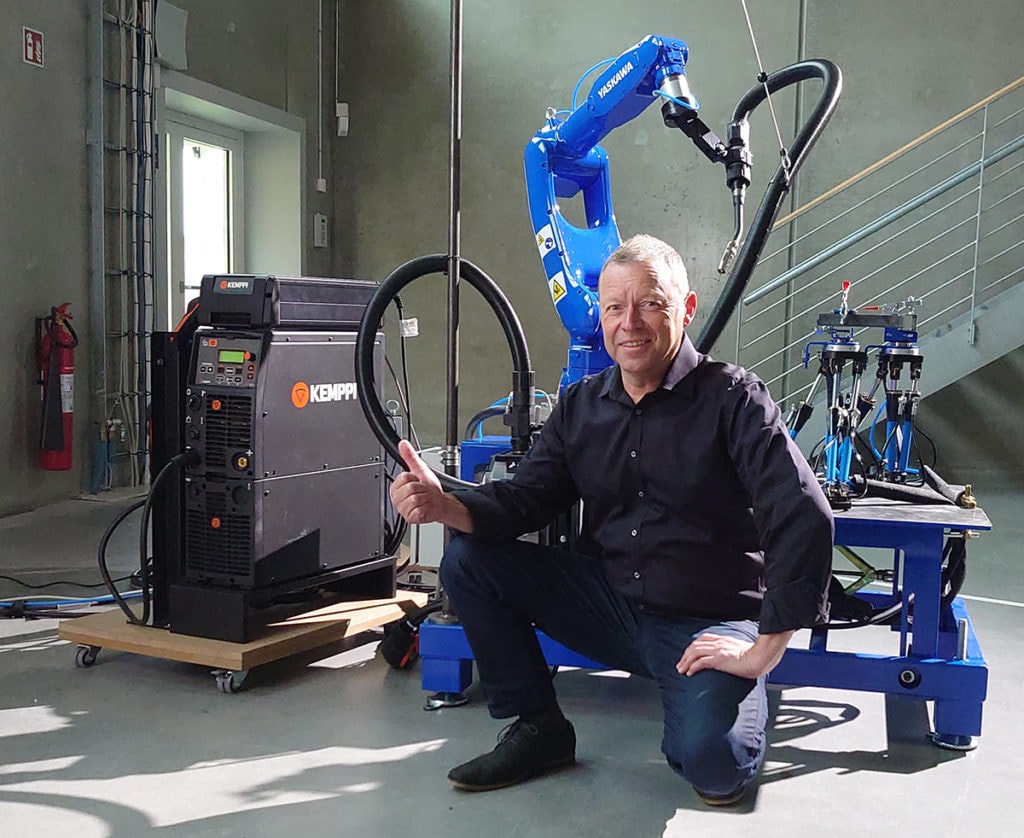
Torben Henriksen, Sales Manager at Kemppi Danmark A/S with A7 MIG Welder
Heading into 2022
According to the World Robotics 2021 Industrial Robots report by the International Federation of Robotics (IFR), sales of new robots grew slightly at 0.5% despite the global pandemic, with 384,000 units shipped globally in 2020. In Europe, there have been signs of strong recovery especially in Germany and the demand for robots in the United Kingdom is expected to grow at two-digit percentage rates in 2021 and 2022.
“If we look at ten years back, the sales of industrial robots in Denmark have increased by 5% annually”, says Henriksen.
“In 2020, there was a decrease of 11% in the sales of industrial robots at least partially due to the pandemic. This year, the forecast is approximately the same as in 2019. Heading into 2022, with everything that we are seeing right now, I am optimistic that these numbers will only grow.”

Sini-Maria Melanen
Sini-Maria Melanen
Editor at Spoon Finland. A journalist at heart – specialized in B2B marketing communications and usually the first to challenge the status quo. Loves crafting narratives around real people and stories.
